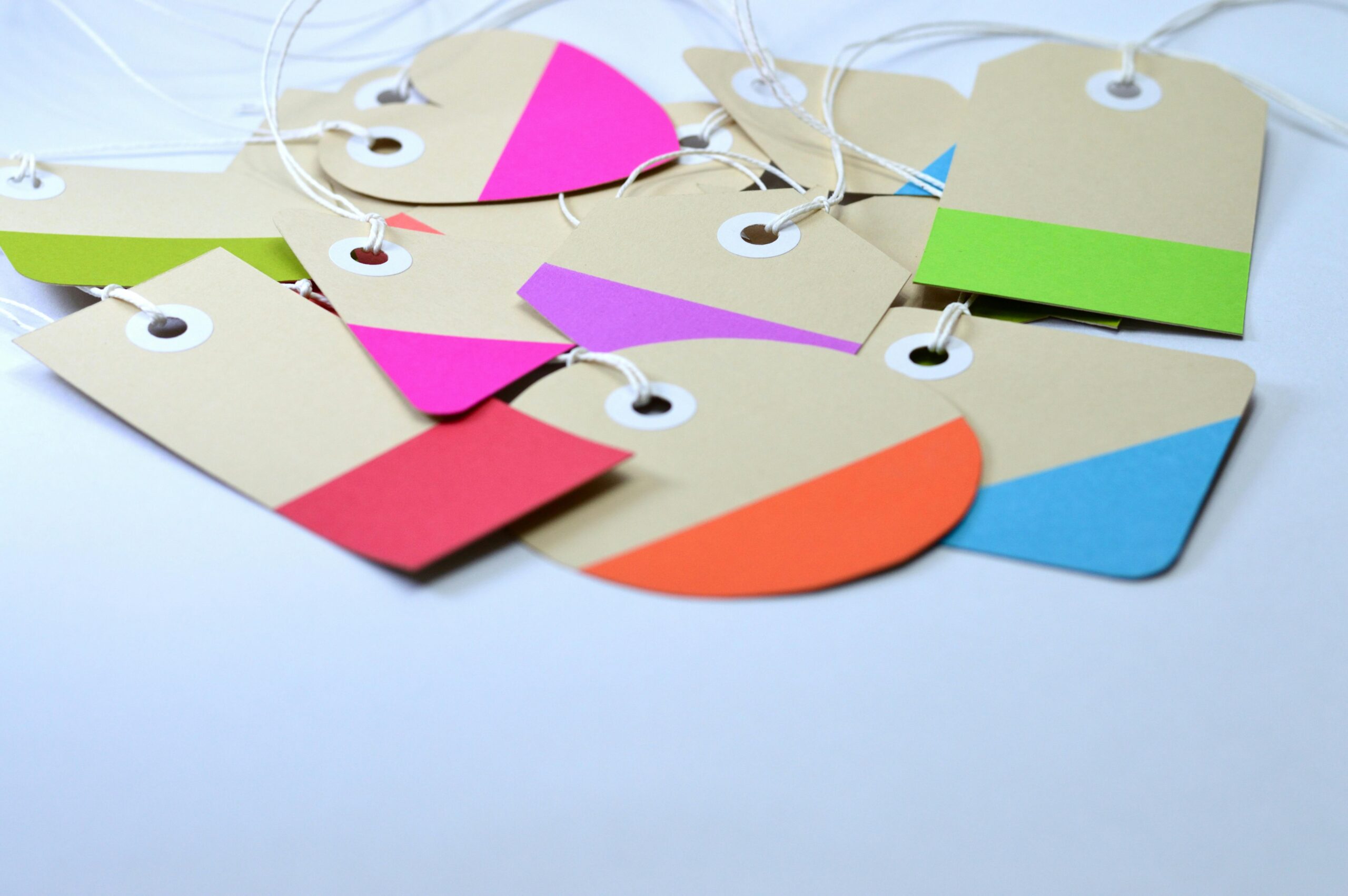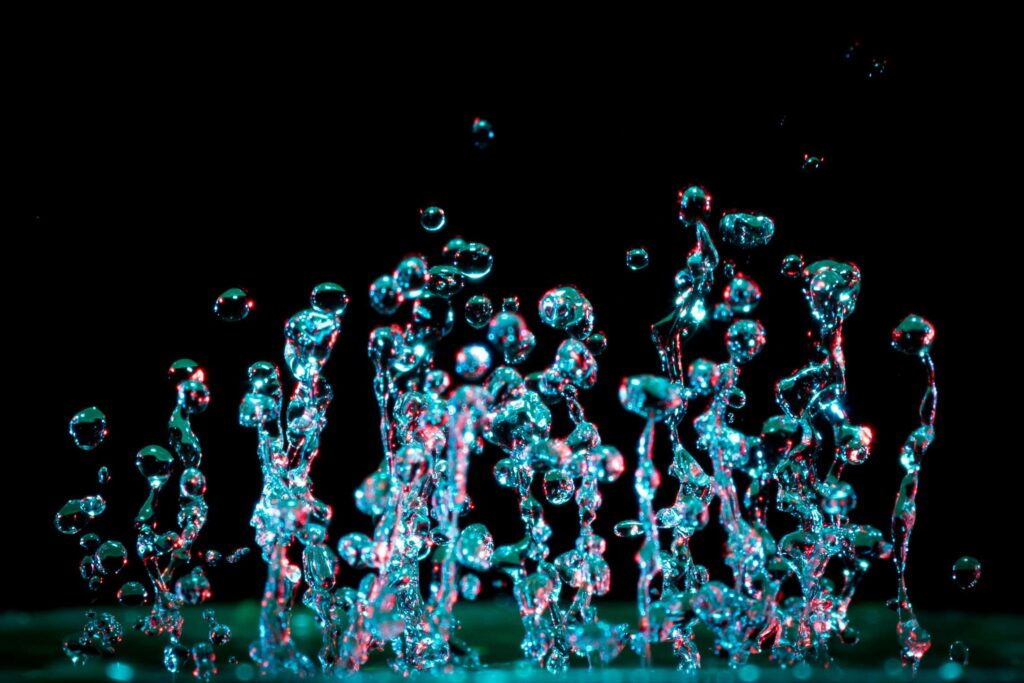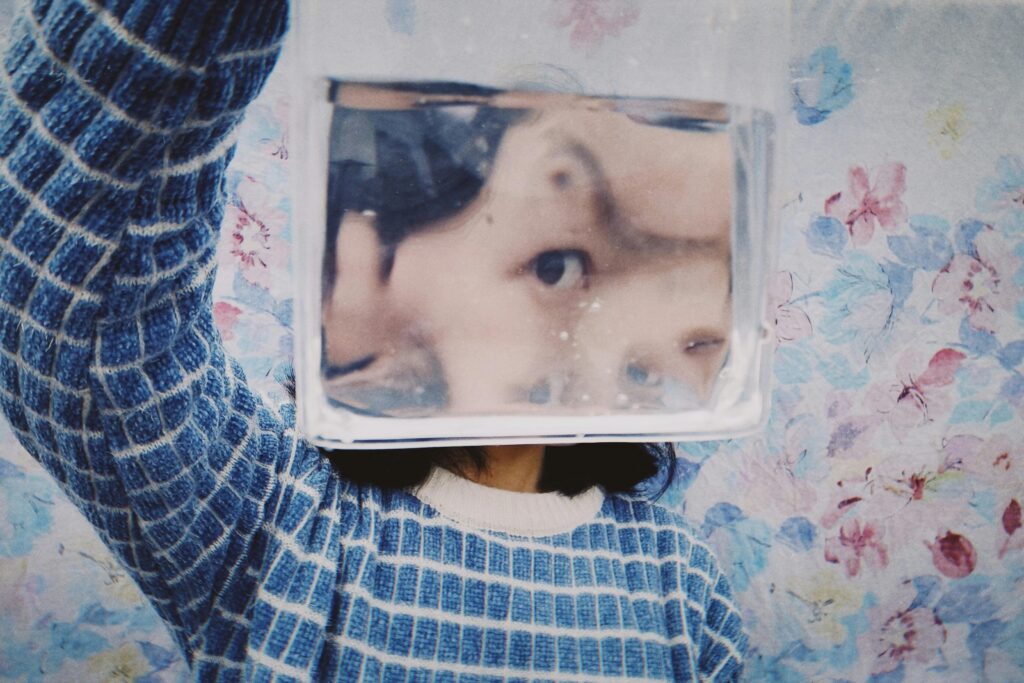Ever stared at your pet’s toy collection and thought, “Why does every ball look the same?” You’re not alone.
Pets deserve variety just as much as we do, especially when it comes to their playthings. But what if you could take your pet’s entertainment to a whole new level? Enter glass toys with customizable shapes. These unique accessories aren’t just visually stunning—they’re also safe and versatile for all kinds of critters. From dogs to cats and even small animals like hamsters, glass toys are changing the game.
In this post, we’ll dive into why customizable shapes matter, how they can transform your pet’s playtime, and tips on choosing (or designing) the perfect piece. Plus, we’ll cover some hilarious fails along the way because no one’s perfect—not even in pet parenthood!
Table of Contents
- Key Takeaways
- Why Customizable Shapes Matter
- How to Choose the Right Toy Shape
- Best Practices for Using Glass Toys
- Real-Life Success Stories with Glass Toys
- Frequently Asked Questions
Key Takeaways
- Glass toys offer durability and aesthetic appeal while being eco-friendly.
- Customizable shapes cater to individual pets’ preferences and behaviors.
- Always prioritize safety by checking for sharp edges or fragile materials.
- Pairing toys with mental stimulation activities boosts overall enrichment.
Why Customizable Shapes Matter
Let me start with a confession: I once bought my cat a generic plastic mouse that she ignored completely. Not only was it unengaging, but its unnatural shape didn’t trigger her hunting instincts either—she treated it more like a footstool than prey. Then I discovered customizable glass toys shaped like birds and butterflies. My feline friend couldn’t get enough!
When it comes to pet toys, one size doesn’t fit all. Dogs love chasing irregularly shaped objects, cats adore batting around lightweight yet intriguing forms, and small critters enjoy crawling through tunnels and mazes. That’s where customizable shapes come in handy—you control the design, ensuring your pet gets exactly what suits them best.

The Science Behind It
Sensory engagement is key. Pets rely heavily on sight, smell, and touch during play. A toy’s texture, weight distribution, and silhouette determine whether it stimulates curiosity or collects dust in the corner. By opting for customizable options, you tap directly into these sensory cues, creating an irresistible combination tailored to your furry companion.
How to Choose the Right Toy Shape
Okay, let’s get practical. How do you pick (or create) a toy that works wonders for your four-legged family member?
Step 1: Analyze Your Pet’s Personality
Optimist You: “My dog LOVES fetch!”
Grumpy You: “Until he decides fetching means eating rocks instead…”
Is your pet active or laid-back? Do they prefer solitary play or interactive sessions? Observing behavior helps narrow down which shapes will excite them most.
Step 2: Consider Material Safety
This might sound obvious, but hear me out: Always double-check that any glass toy has smooth edges and non-toxic finishes. For example, don’t go buying those cheap knockoffs from shady sellers online—they’re asking for disaster.
Step 3: Experiment with Designs
Try different configurations—a spiral tube for ferrets, starfish-shaped chewables for puppies, or abstract curves for curious kittens. Test and see what sticks!
Best Practices for Using Glass Toys
Tip #1: Rotate Toys Regularly
Keep things fresh by introducing new shapes periodically. Just like humans grow bored of monotony, so do pets.
Tip #2: Pair Toys with Treats
A terrible tip alert: Never give treats without supervision. However, pairing edible incentives with interactive toys amplifies excitement levels exponentially. Think puzzle feeders made of colorful glass pieces—it’s chef’s kiss!
Tip #3: Clean Often
Glass toys retain odors less than fabric-based alternatives, but regular cleaning ensures hygiene remains top-notch.
Real-Life Success Stories with Glass Toys
Take Sarah, a proud bulldog mom whose pup hated traditional balls until she found a hand-blown glass orb embedded within rope knots. Suddenly, her dog became obsessed, dragging it everywhere like a prized possession.

Then there’s Leo, the adventurous gerbil who loved nothing more than exploring custom-built tunnel systems crafted from interlocking glass tubes. His owner noticed increased physical activity and reduced stress—an absolute win-win.
Frequently Asked Questions
Are glass toys safe for teething puppies?
Yes, provided they’re designed specifically for chewing with rounded edges and durable construction.
Can I personalize a glass toy myself?
Absolutely! Many artisans offer bespoke services, allowing you to collaborate on designs.
What makes glass better than plastic or rubber?
Besides aesthetics, glass is hypoallergenic, eco-conscious, and resistant to bacteria buildup.
Conclusion
Customizable shapes are revolutionizing pet care accessories, offering endless possibilities to captivate and inspire joy in our beloved companions. Whether you’re crafting unique creations or selecting pre-made masterpieces, remember: attention to detail + thoughtful design = ultimate happiness.
Like Dorothy clicking those ruby slippers, sometimes magic lies in finding something truly special. So why wait? Treat your pet—and yourself—to the world of glass toys today.
</poem>
Glass sparkles, paws dance free,
Playtime turns to pure glee.
Shaped to perfection, dreams ignite,
With customization, life feels right.</poem>


